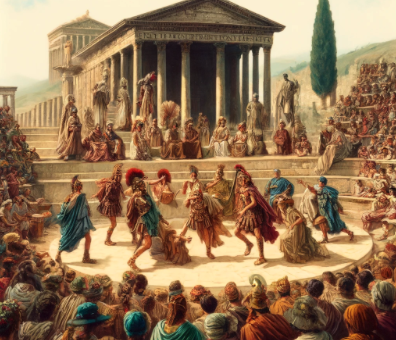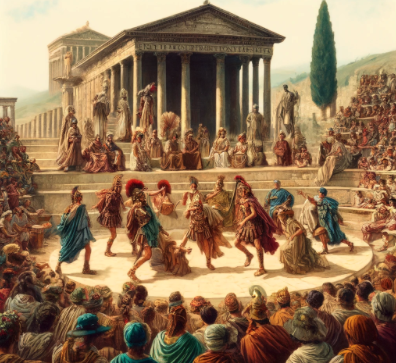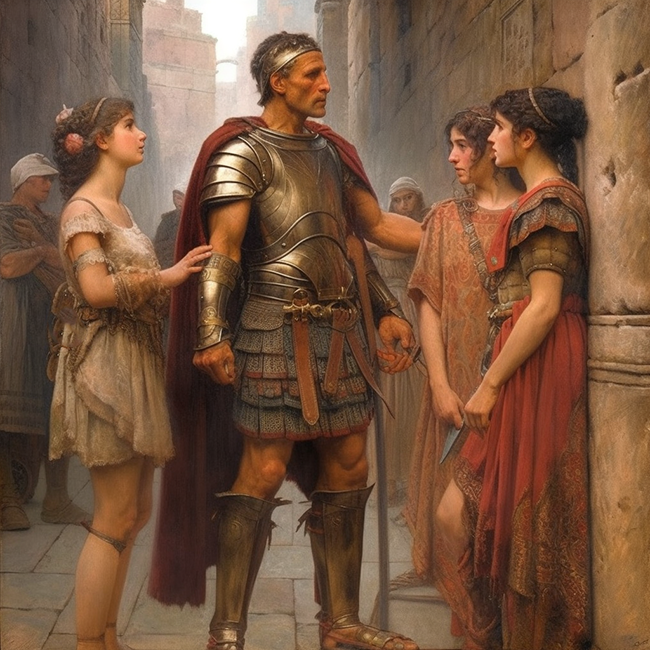
The Megalesia was one of the major religious festivals in ancient Rome, celebrated in early April in honor of the goddess Cybele, also known as Magna Mater (the Great Mother).
The festival marked the anniversary of the goddess’s arrival in Rome from Phrygia in 204 BCE, during the Second Punic War. The Romans adopted Cybele’s worship in response to a prophecy in the Sibylline Books, hoping to secure divine favor in their struggle against Carthage.

The celebration of the Megalesia began on April 4th and lasted for six days. It was a public festival that included a variety of events and rituals:
Processions: The festival featured grand processions through the streets of Rome, with the image of the goddess carried on a chariot drawn by lions, reflecting her association with wild nature and fertility. Priests and devotees, including the galli (eunuch priests of Cybele), musicians, and dancers, participated in these processions, creating a vibrant and ecstatic atmosphere.
Games and Entertainments: The Ludi Megalenses (Games of the Great Mother) were an integral part of the celebration, consisting of theatrical performances, games, and competitions. These events were held in various venues, including the Circus Maximus, and attracted large crowds.

Sacrifices and Offerings: Sacrifices were made to Cybele, involving offerings of incense, wine, and the blood of bulls or other animals, reflecting her ancient connections to fertility and the earth. The taurobolium, a ritual blood bath, became associated with her worship in later periods, symbolizing rebirth and renewal.
Banquets and Feasting: The festival also included communal feasts and banquets, where participants could partake in food and drink, celebrating the goddess’s bounty and the community’s cohesion.
The Megalesia underscored the integration of foreign deities into Roman religion, reflecting the city’s openness to diverse cultural and religious influences, especially in times of need.

